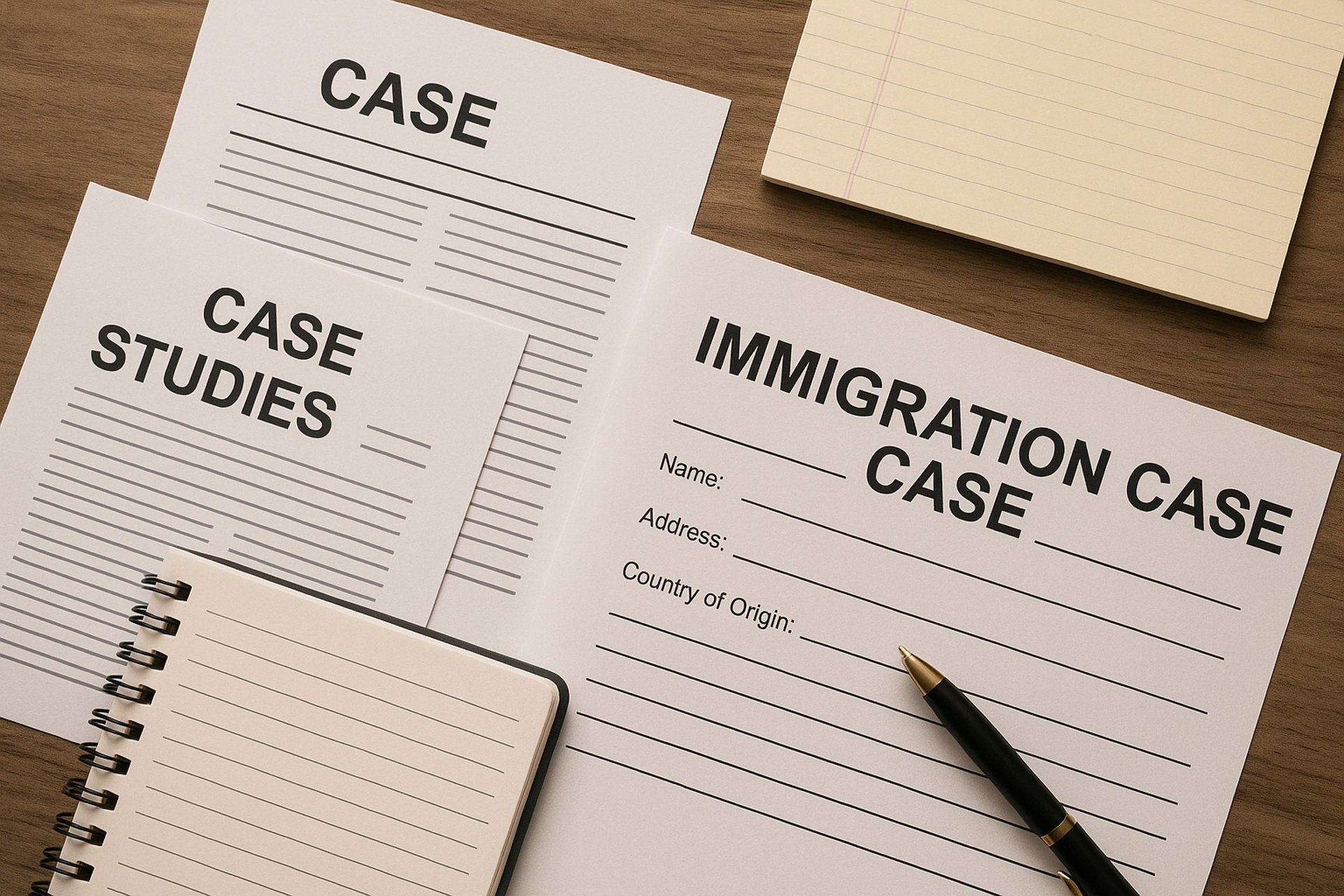
Humanitarian & Compassionate PR
Real results through experience, strategy, and compassion.
A Mother and Daughter’s New Beginning
A single mother and her young daughter faced removal from Canada after years of building their lives here. Despite their strong community ties, education, and record of contribution, their temporary status had expired, leaving them without a pathway to stay.
Mehdi conducted a detailed assessment and prepared a Humanitarian and Compassionate (H&C) application under section 25(1) of the Immigration and Refugee Protection Act (IRPA), guided by the principles in Kanthasamy v. Canada (2015 SCC 61)—which broadened the interpretation of “humanitarian and compassionate considerations” to include hardship, establishment, and the best interests of affected children.
The submission focused on three key pillars:
Strong establishment and ties in Canada – The mother’s long-term employment, community involvement, and her daughter’s full integration in school and extracurricular life demonstrated genuine roots and social contribution.
Hardship upon removal – Mehdi documented, through evidence and affidavits, the lack of family support, limited educational prospects, and unsafe conditions the child would face if forced to leave Canada.
Best interests of the child – Applying the Kanthasamy and Baker principles, Mehdi emphasized the emotional, developmental, and educational harm the child would suffer from losing the only home she had ever known.
The application was supported by extensive documentation, including letters of support, affidavits, school records, community testimonials, and proof of ongoing volunteer engagement—all demonstrating that the family’s true home and future were in Canada, not elsewhere.
IRCC accepted the H&C request, granting permanent resident status to both mother and daughter. Their case stands as a reminder that when humanitarian principles and genuine evidence align, compassion and fairness prevail.
Here are some of the most common questions people ask about applying for permanent residency under humanitarian and compassionate grounds in Canada.
FAQ
1. What exactly is an H&C application and who can apply?
An H&C application allows individuals in Canada to request an exemption from normal immigration rules when exceptional circumstances make it fair and compassionate to do so. It is designed for people who have established their lives in Canada but do not have other pathways to permanent residence. Applicants must show strong reasons such as humanitarian, compassionate, or hardship-based circumstances that justify being allowed to stay.
2. What factors does IRCC consider when deciding an H&C application?
Immigration officers review the full picture of a person’s life in Canada and abroad. Key factors include:
Establishment and community ties in Canada
Hardship that would result if required to leave
The best interests of any affected children
Any other relevant humanitarian or compassionate circumstances
The goal is to decide whether refusing the application would cause undue hardship or be inconsistent with Canada’s values of fairness and compassion.
3. How strong are the chances of success with an H&C application?
Each case is unique, and H&C decisions are highly discretionary. Success depends on the strength and consistency of the evidence presented. Cases supported by clear documentation, proof of ties, hardship, and genuine establishment tend to have stronger outcomes. A well-prepared submission that tells the full story with solid evidence greatly improves the chances of approval.
4. Can I apply for H&C if my refugee claim or another application was refused?
Yes, you can apply for H&C consideration even if you have had a previous refusal, but certain restrictions apply. For example, there is usually a one-year bar after a negative refugee decision unless there are exceptional circumstances such as the presence of a child under 18. It is also important to know that filing an H&C application does not automatically stop a removal order, so strategic planning and proper legal guidance are essential.
5. What documents should I include in my H&C application?
A successful H&C application depends on strong and credible evidence. Common supporting materials include:
Personal statements or affidavits explaining your situation
Proof of employment, community involvement, and schooling
Letters of support from employers, teachers, and community leaders
Documentation of hardship abroad such as medical or safety concerns
Evidence related to the best interests of any affected children
The goal is to show genuine roots in Canada and compelling reasons why leaving would cause serious hardship.

Contact us
Discover how we turn your complex H&C cases into success stories
© 2025. All rights reserved.
Strategic. Human. Results-driven. Complete Canadian immigration services for visas, PR, and complex cases. We go beyond paperwork.
Menu


Legal Notices
Resources
